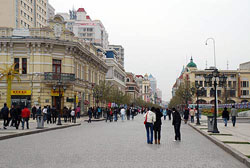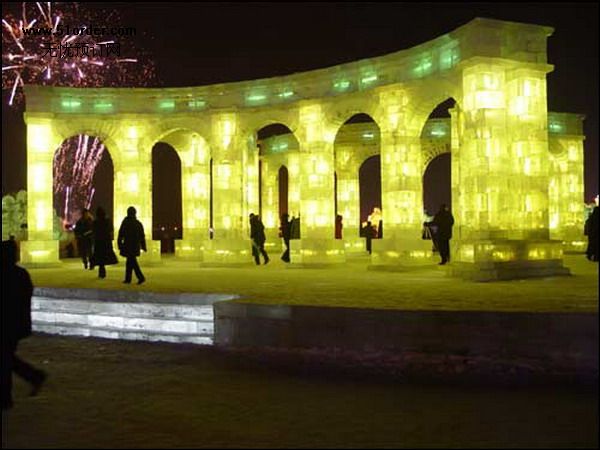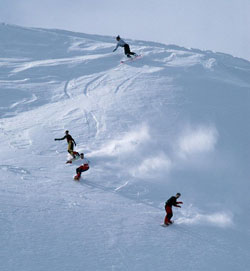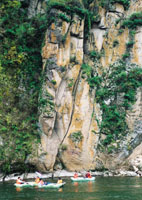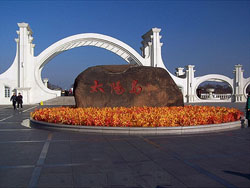Heilongjiang Tourism

-
Province:Heilongjiang (Chinese: 黑龙江, Pinyin:Hēilóngjiāng)
-
Population :38,170,000
-
Area :460,000 square km (180,000 sq mile)
-
Overview:Heilongjiang in northeastern China has a unique geographic location and rich tourism resources, making it a tourist destination for all seasons. Its topography includes snow-capped mountains, forests, wetlands, grassland, a boundary river and a boundary lake.
Overview
Heilongjiang is loocated in northeastern part of China with a unique geographic location and rich tourism resources.Heilongjiang borders Jilin in the south and Inner Mongolia to the west; it also borders Russia to the north. It covers an area of 460,000 sqare km,the captial is Harbin.
Heilongjiang borders Jilin in the south and Inner Mongolia to the west; it also borders Russia to the north.
Know More
Heilongjiang is blessed with a long history. Early human beings began to live in Heilongjiang 30,000 to 40,000 years ago. Before the Qin Dynasty (221BC-206BC), the ancestors of three ethnic groups of Sushen, Kuaimo and Dong Hu inhabited here. Fuyu, which existed at the end of the Warring States (475-221BC), was the first local regime established in Heilongjiang. In the Tang Dynasty (618-907), three prefectures of Shiwei, Heishui and Bohai were established in the region. Khitans, the ethnic group that established Liao Dynasty (907-1125), once captured Bohai Prefecture and established Dongdan Kingdom here. Jin (1115-1234) once set the capital in the Prefecture of Huining (the present Baicheng County in Acheng City). In the Ming Dynasty (1367-1644), the court set up Nu’er Gandu Prefecture that administered 384 Wei (places for stationing troops in Ming Dynasty) in northeastern China.
During the following centuries, Heilongjiang witnessed a series of battles. In the Qing Dynasty (1616-1911), the court set up Heilongjiang Prefecture to administer the drainage areas of Heilongjiang River. In the 1680s, the Qing Court won Yakesa Battle over the Russia and signed the Sino-Russia Nibuchu Treaty and set out the east boundary of the sino-Russia countries. In the 1850s, Russia forced a series of treaties on the Qing Government and captured more than 100 sq km of land between Heilongjiang River and Wusuli River. Japan captured Heilongjiang Province after Sept. 18, 1931. After China won the anti-Japanese war in 1945, five provinces, later combined into two provinces of Heilongjiang and Songjiang were established. Later, the two provinces were united into Heilongjiang Province with Harbin as its capital.
The province had a total of 84 professional performing organizations, 145 cultural and art centers, 96 public libraries, and 47 museums at the end of the year. About 98.5% and 98.7% of the provincial population respectively had access to radio and TV programs. The subscribers of cable TV programs numbered 2.86 million.
Tourism Resource:Heilongjiang has abundant characteristic tourism resources. Its spots for ice and snow activities are the best in China. Snow-skiing period in the province lasts 120-140 days in a year. In mountainous area, snow on the ground can be 100-300 cm deep and it's of good quality. Among its smooth mountain slopes, 100 has been chosen as spots good for building large-scale skiing grounds. Its beautiful landscape, forests and grasslands, wetlands and rivers and lakes provide rich resources for developing eco-tourism.
Its unique history has also left it a rich cultural legacy and colorful customs. The Bohai State during the Tang Dynasty, the ruins of the Jin-dynasty capital in Huining and the ruins of Longquan Mansion are among those of historical interest.
The crossing-border tours to Russia launched on the border rivers of Heilong and Wusuli attract tourists from all over the country. Such cities as Harbin, Daqing and Yichun attract travelers with their distinctive style of northern frontier cities. In addition, there are the Zoo of Northeast China Tigers, the Reserve of Red-Crowned Cranes, the site for admiring the northern lights, the forest at a crate, and a number of large-scale enterprises of mining, farming and oilfields open to tourists. The province has set up 84 nature reserves (including seven at state-level and 17 at provincial level), which cover a total area of 2.30 million hectares, or 5.05% of the province's total land area.
Must see
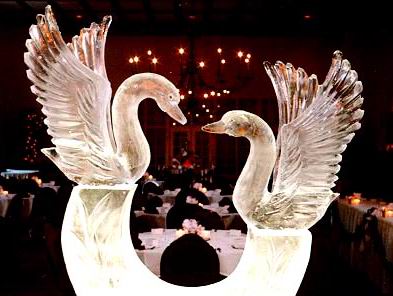
Harbin is the captial city of Heilongjiang Province which lies on the southern bank of Songhua River.Harbin is the tenth largest city in China with an area of 7,086 square km....more
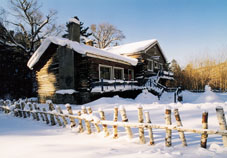
Yichun is a prefecture-level city lying in the northeastern part of Heilongjiang Province with anarea of 39,017 square km.It enjoys a cold temperate monsoon climate, with an average temperate of 1.0 Celsius. It is among the coldest cities in China......more
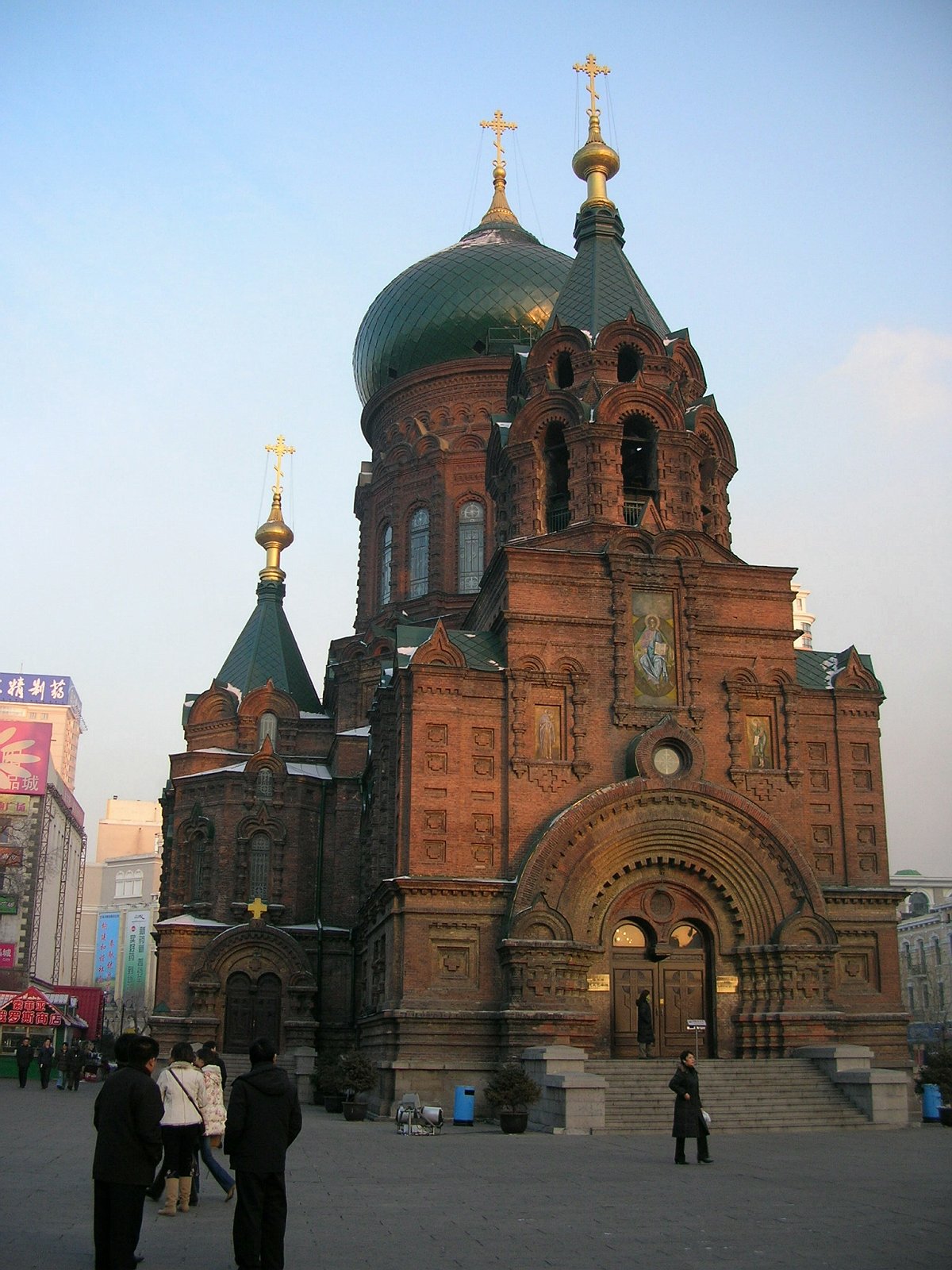
Saint Sophia Cathedral(also known as Cathedral of the Holy Wisdom of God) in Harbin is a former Russian Orthodox church located on the corner of Toulin Street (Toulin jie) and Zhaolin Street (Zhaolin jie) in the central district of Daoli, Harbin City, Heilongjiang Province, China. .....more

